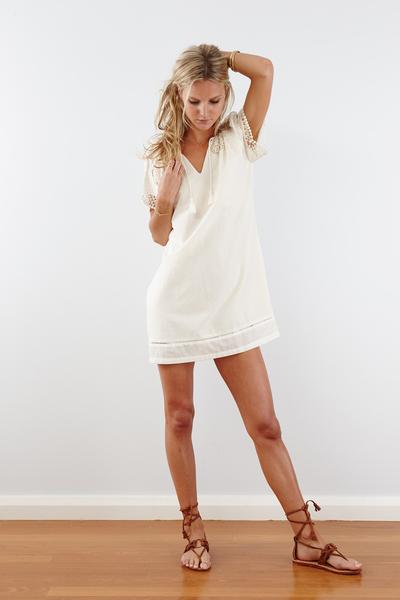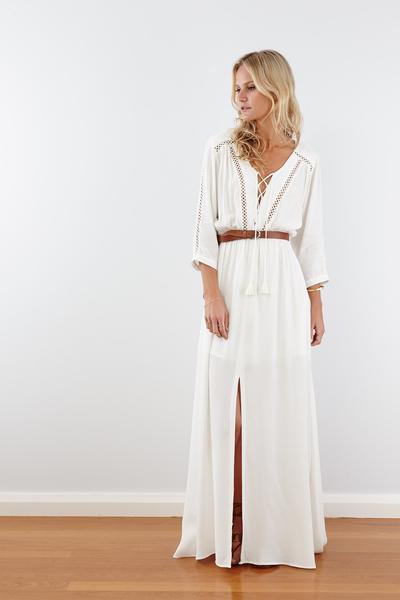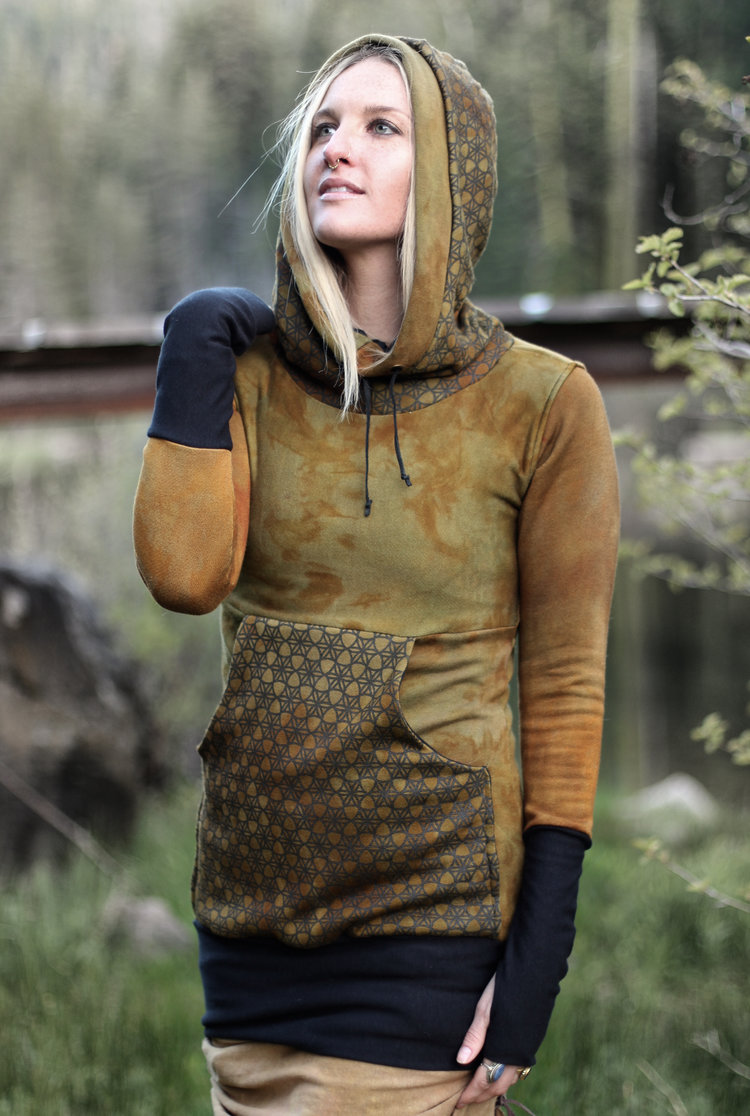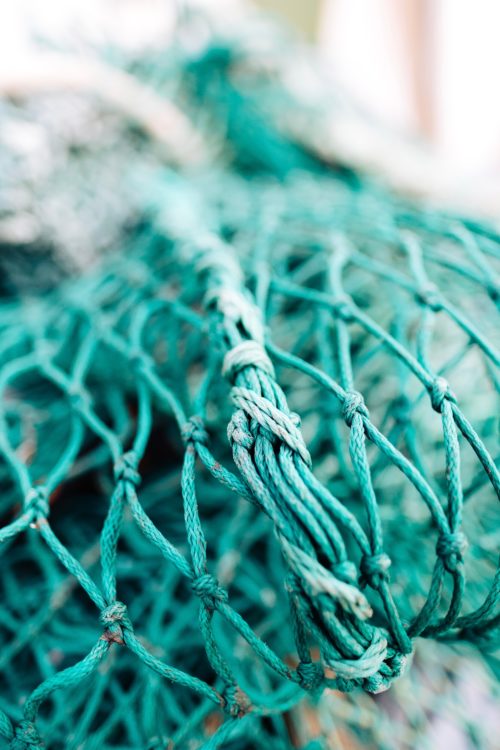Slow fashion means buying high quality fashion with minimal environmental impact. Clothes and fashion items that last longer than wear and tear. Stop shopping for cheap clothes from low-price brands such as HM, Lindex and KappAhl and buy your clothes at conscious design houses and local stores. Slow fashion is about quality and ecological sustainability to go before quantity and low prices.
Slow fashion is the antithesis of solid fashion, ie fast and cheap production, often with a strong environmental impact as a result. Fast fashion also means that consumers often have to buy new clothes, which requires mass production where large clothing chains utilize every step of the system. All too often we hear about child labor and environmental degradation in the footsteps of the clothing industry and their subcontractors. We simply stand with the wardrobes filled to the brim of clothes we don’t use. The slow fashion movement wants to put a stop to this.
Slow Fashion movement
The Slow Fashion movement wants:
That the consumer chooses quality before quantity
Buy clothes with quality and durable design that can be used for a long time
Production of clothing must have minimal environmental impact
Reuse of fashion and Reuse and Upcycling of fashion (submit to second hand or eg sew new clothes of used clothes)
The slow fashion concept was coined in 2007 by Kate Fletcher who wrote the book Sustainable Fashion and Textiles where she describes the entire life cycle of the fashion industry through material selection and raw material handling, production, distribution and use / recycling. She describes the fashion world in a new way in which she also illustrates innovative ways of thinking about krin textiles and garments based on sustainability values and an interconnected approach to design.
Conscious fast fashion
Many people believe that there is nothing that can be called ”conscious fast fashion.” If the big clothing chains in Sweden such as HM, Lindex, KappAhl and others had a genuine awareness of the entire production chain, the clothes would not have been as cheap. If the environment and working conditions are to improve, we must change our consumption. That is not to say that we should not shop for fashion, we just have to be more conscious and act in a different way than we do today. Average consumption in America today is 65 garments per year. That is just over a new piece of clothing every week throughout the year. What is created by this is besides a large mountain of clothing that is used only once or a couple of times also an industry where the consumer is tempted to buy without having to.
Slow fashion means that the consumer should choose to buy fewer fashion items but for better quality. This will benefit the local producers and fashion creators and contribute to a greater variety of clothing and fashion than if everyone buys the same sweater at HM. This is good for the local labor market, it benefits producers and subcontractors get better conditions regarding the working environment and wages and that greater demands can be placed on how the raw materials are processed. A big gain will also be that producers have the opportunity to set requirements to minimize environmental impact. Consumption is a strong force and with the Slow fashion movement the consumer can influence with his money. You choose what you want to support for the future, a future with fashion that is made by workers with poor wages, poor working conditions and a strong environmental impact. Or would you rather support a future where workers are given good working conditions and wages in harmony with the environment and that your clothes and fashion items are of high quality.
Examples of Slow Fashion
Below are a few examples of Slow fashion:










